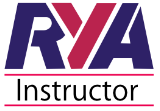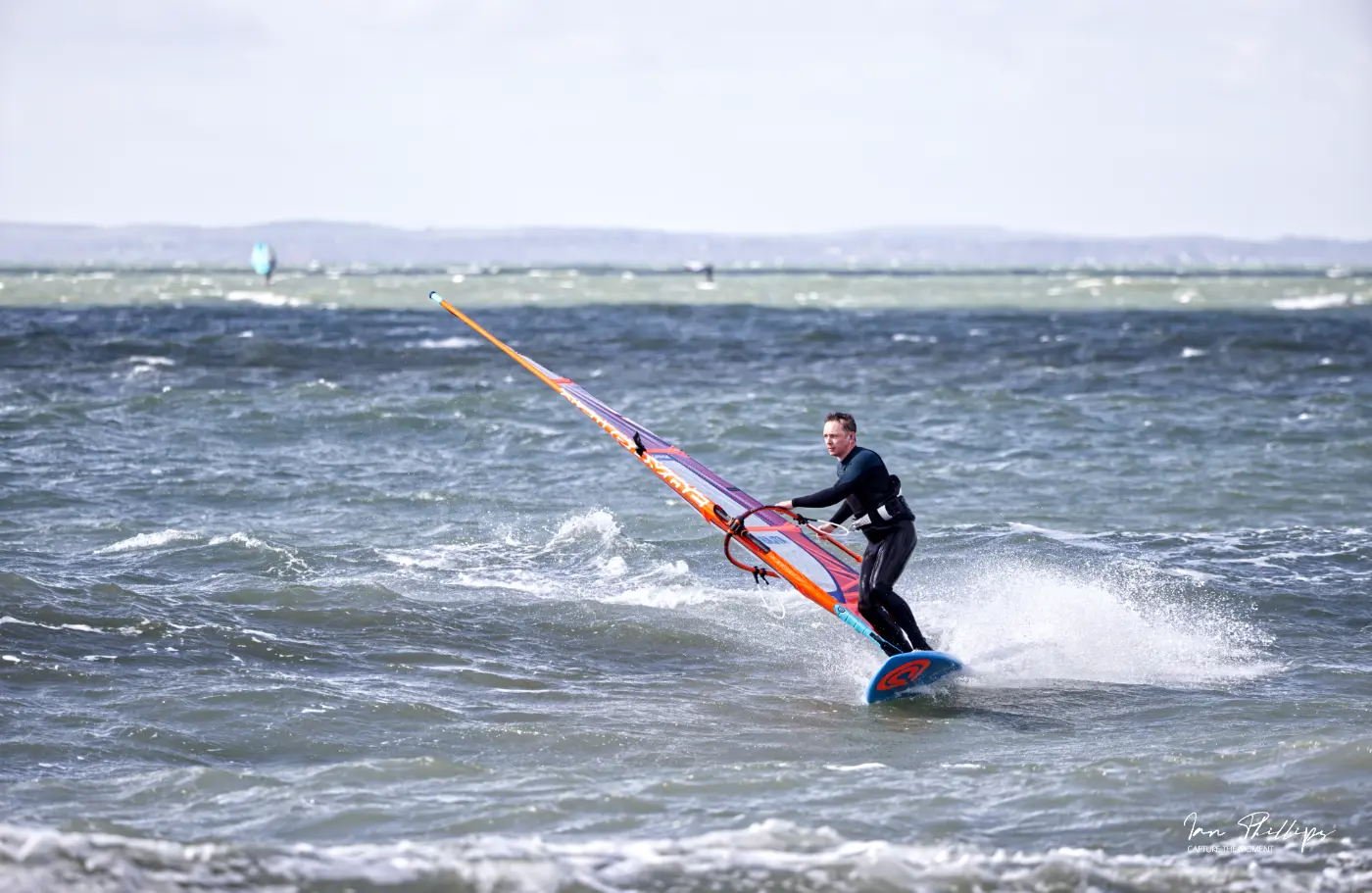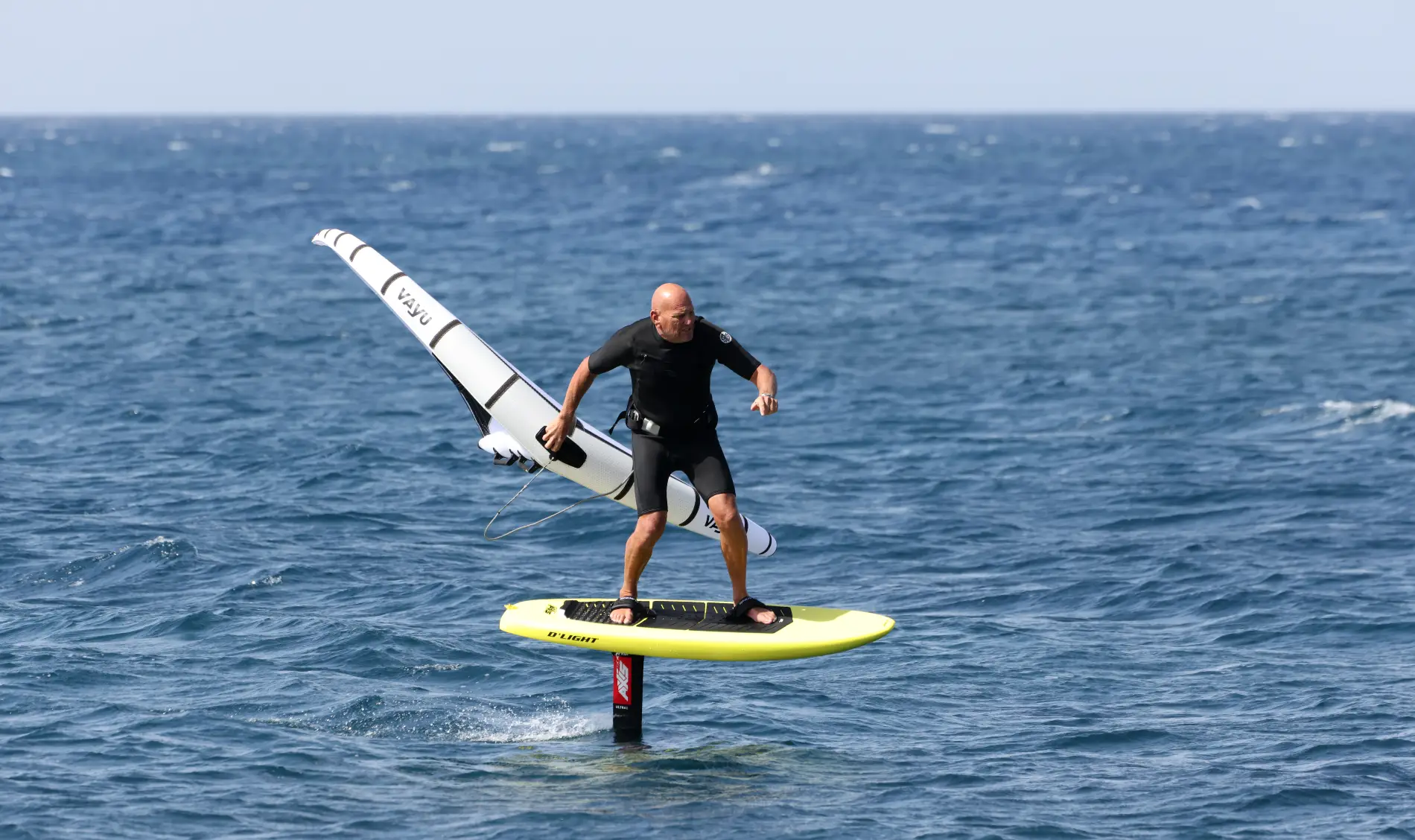Do you require a specialized paddle board for downwinding?
No, although using a board designed specifically for downwinding will enhance your speed and ability to ride swells. Downwind SUP boards typically feature a longer and narrower design with ample rocker. A size around 14 feet long by 28 inches wide is commonly preferred for downwinding.
However, lacking the ideal board shouldn’t deter you from starting. Even with an all-around paddle board, you can still head out and enjoy the experience.
Can inflatable paddle boards be used for downwinding?
Yes, you can use inflatable paddle boards for downwinding. However, they don’t handle swells as effectively as hard paddle boards, performing poorly in such conditions. Despite this limitation, using an inflatable paddle board can still provide an enjoyable experience.
Is a special paddle necessary for downwinding?
No, any sturdy paddle will suffice for downwinding. That said, you don’t want a short surf style paddle as you need to be able to tickle the water whilst being more upright. Adjustables are good if they’re a quality model, as they can be changed whilst you’re out on the water.
Where can downwinding be practiced?
Downwinding can be done in various locations as long as you have suitable entry and exit points. Ideal starting points include rivers and lakes. While downwinding in the ocean is popular, it’s more suitable for experienced paddlers.
SUP Downwinding Gear Checklist:
A Friend: Downwinding with a friend or group enhances safety and adds to the enjoyment. Having a friend allows for easier logistics planning and ensures you have a vehicle at your exit point. When paddling with a group, it’s important to maintain a pace that accommodates the slowest paddler to stay together.
Coiled Board Leash: Wearing a board leash is crucial for safety during downwinding. A coiled leash, worn around your back leg or ankle, is recommended as it’s shorter and won’t drag in the water like a straight leash.
Extra Leash: Carrying an extra straight leash on your board provides a backup leash and a tow line if needed.
PFD: Always wear a personal flotation device (PFD) while downwinding. An inflatable waist belt is preferred for its minimal restriction.
Clothing: Dress according to the water temperature, not the air temperature. Bring along an extra top and consider wearing a hat with a chin strap. Avoid overdressing to prevent overheating, opting for thinner wetsuits if necessary. A windproof top can be wrapped around your waist if you begin to overheat.
Cell Phone or Emergency Radio: Keep a mobile phone in a dry bag for emergencies. Some PFDs feature a watertight compartment for cell phones.
Water: Secure a water bottle near the nose of your board or use a small, lightweight hydration camel pack.
Energy Bar: While not mandatory, bringing along an energy bar is a good idea for added sustenance.
Wallet and cash: Useful if you do have to head for land early and need to goto a shop or pay a taxi or whatever you need to get home.
How can I learn to do downwind paddle boarding?
We run downwind paddle board lessons in west sussex, england. Our head coach, Ian Phillips has been downwinding since 2010 and has covered many amazing and exciting miles of open water in all sorts of conditions.




